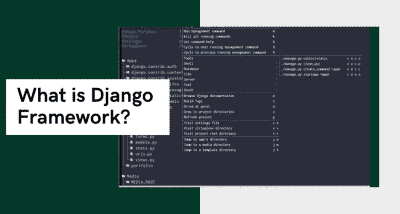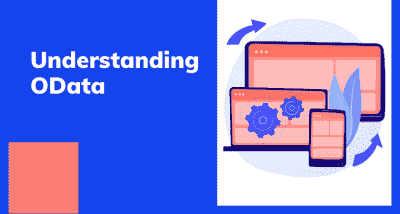SQL FOR PROGRAMMERS AND NON- PROGRAMMERS
- Amruta Bhaskar
- Jul 8, 2020
- 0 comment(s)
- 1987 Views

Information is constantly created, collected, stored and analyzed in today’s digital age. Every aspect of customer behaviour can be translated into data and interpreted bt different technologies. With the ever-expanding collection of data universe, organisations need more of their employees to have the analytical skills to comprehend the abundant amount of data and transform it into actionable insights.
To analyse data, it first needs to be extracted from databases. Currently, the most popular language used for querying and manipulating databases is SQL. While we often think of SQL as a tool used in technical roles, such as programmers and data scientists, many people today in ‘non-technical’ roles such as marketing and sales are being trained to better leverage data and extend their professional capabilities.
SQL (Structured Query Language) is a standard database language that is used to create, maintain, and retrieve relational databases. Started in 1970’s SQL has become a very important tool os a data scientist’s toolbox since it is critical in accessing, updating, inserting manipulated and modifying data. It helps in communicating with relational databases to be able to understand the dataset and use it appropriately.
Almost all of the biggest names in tech use SQL. Uber, Netflix, Airbnb — the list goes on. Even within companies like Facebook, Google, and Amazon, which have built their high-performance database systems, data teams use SQL to query data and perform analysis.
And it’s not just tech companies: companies big and small use SQL. A quick job search on LinkedIn, for example, will show you that more companies are looking for SQL skills than are looking for Python or R skills. SQL may be old, but it’s universal.
Unlike other programming languages that require high-level conceptual understanding and memorization of the steps needed to perform a task, SQL is applauded for its simplicity by the use of declarative statements. It uses simple language structure with English words that are easy to understand compared to memorizing strings of numbers and letters in other languages. If you are new to programming and data science, SQL is the best language to start with. A short syntax allows you to query data and get insights from it. As an aspiring data scientist, you need to learn SQL since it is easy to master. SQL is at the very foundation of data science.
As a data scientist, the first thing you want to know is an in-depth understanding of the dataset you are working with. Learning SQL will give you a solid understanding of relational databases and hence enable you to master the foundations of data science.
SQL will help you to sufficiently investigate your dataset, visualize it, identify the structure and get to know how your dataset looks like. It will enable you to find out if there are any missing values, identify outliers, NULLS and the format of your dataset. Through slicing, filtering, aggregations and sorting, SQL will allow you to play around with your dataset, be thoroughly familiar with it, and know how the values are distributed and how the dataset is organized. As a scalpel is on the hand of a surgeon, so is SQL on the hand of a data scientist for it is irrefutably useful in ‘incising’ through the dataset for detailed understanding.
In as much as SQL is powerful in data access, querying and manipulation, it is limited in some aspects like visualization. As a data scientist, you will need to meticulously present your data in a way that is easily understood by your team or organization. SQL integrates well with other scripting languages like R and Python. You can easily integrate SQL and Python to be able to do your work comfortably by incorporating your code package as a stored procedure.
Also, a specialized connection libraries for SQL like SQLite and MySQLdb can be very useful in connecting a client app to your database engine thereby allowing you to work with your dataset.
Data science in most cases involves dealing with huge volumes of data stored in relational databases. Working with such volumes of data needs high-level solutions to manage it other than the usual spreadsheets. As the volumes of datasets increase, it becomes untenable to use spreadsheets. The best solution for dealing with huge datasets is SQL. SQL can manage such datasets.
With SQL, you do not have to worry when dealing with pools of data in relational databases. It can communicate, query and provide useful insights from the data.














